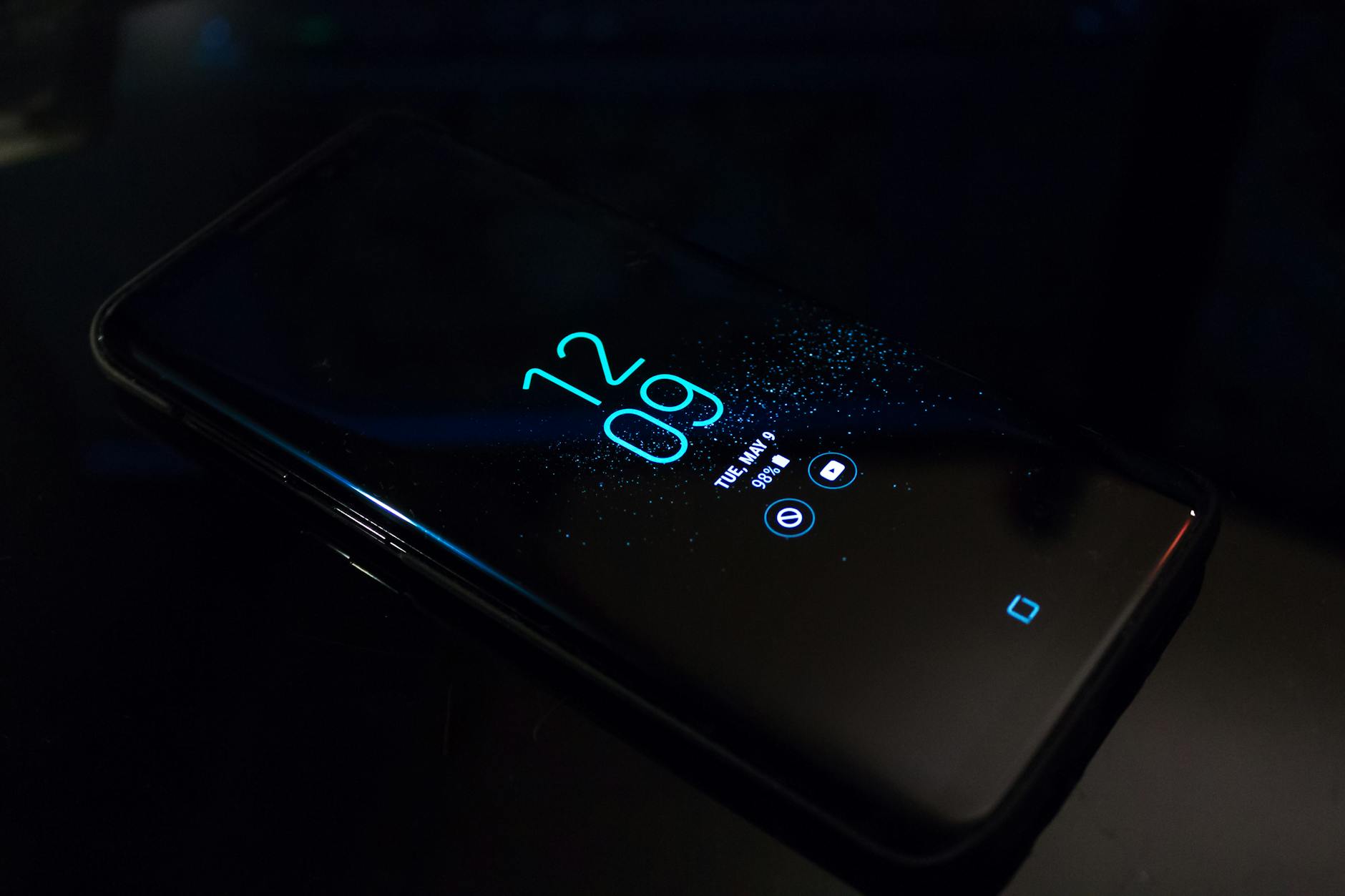What is healthy screen time?

What is healthy screen time?
In today’s hyper-connected world, defining “healthy screen time” is more crucial than ever. As we navigate our digital lives, the balance between productivity and well-being often teeters, making it imperative to understand how much screen time is beneficial. Whether for work, education, or leisure, our relationship with screens shapes our daily experiences. How can we ensure that our screen time enhances rather than hinders our health and productivity?
Understanding Screen Time
Screen time refers to the time spent in front of screens—be it computers, tablets, smartphones, or televisions. This metric has evolved alongside technology, becoming increasingly relevant as our lives intertwine with digital devices. Screen time isn’t just about the hours logged; it’s about how those hours impact various aspects of our lives.
Types of Screen Time
Screen time can be broken down into three primary categories:
-
Recreational Screen Time: This includes leisure activities like watching movies, browsing social media, and playing video games. While fun, excessive recreational screen time can lead to physical and mental health issues.
-
Educational Screen Time: This consists of time spent on educational platforms, online courses, or reading articles. Educational screen time can foster learning and skill development when consumed in moderation.
-
Work-Related Screen Time: With remote work on the rise, many of us find ourselves glued to our screens for work tasks. While necessary for productivity, it’s vital to manage this type of screen time to avoid burnout.
Current Screen Time Trends
Statistics reveal that screen time is steadily increasing. According to recent reports, children aged 2-5 spend about 1 hour of non-educational screen time per day on average, while kids aged 6 and older use screens for more than 2 hours daily. Adults, on the other hand, have an average daily screen time exceeding 8 hours. These trends highlight the need for awareness and management of our digital habits (source).
What Constitutes Healthy Screen Time?
Understanding what defines healthy screen time is essential for making informed choices about our digital consumption. Healthy screen time promotes engagement and learning while minimizing negative effects.
Recommended Daily Limits
Health organizations propose guidelines on daily screen time limits. For instance, the American Academy of Pediatrics suggests that children aged 2 to 5 limit non-educational screen time to 1 hour per day. For older children, the recommendation is to encourage healthy habits while balancing screen time with physical activity. Adults should ideally limit recreational screen time to 2-4 hours outside of work (source).
Quality Over Quantity
Not all screen time is created equal. The nature of the content consumed matters just as much as the time spent. Engaging with educational, informative, or positive content can enhance your well-being, while mindless scrolling or negative media can detract from it. Aim for quality over quantity and choose content that aligns with your goals and interests.
Tips for Managing Healthy Screen Time
Incorporating healthy screen time into your daily routine requires intentionality. Here are some practical strategies to help you achieve this balance.
Setting Boundaries
Creating and maintaining boundaries around screen time is essential. Consider establishing tech-free zones in your home, such as the dining room or bedroom. This encourages face-to-face interactions and promotes healthier habits. You might also set specific hours for device use, allowing for breaks to recharge.
Using Technology Mindfully
Take advantage of tools and apps that promote healthy screen habits. Time trackers can help you monitor your usage and identify areas for improvement. Apps like Forest encourage focus by rewarding you for staying off your phone, while StayFocusd can limit time spent on distracting websites.
The Impact of Healthy Screen Time on Productivity
Practicing healthy screen time habits can significantly enhance productivity and work-life balance. Let’s explore how.
Mental and Physical Health Benefits
Regulated screen time positively affects mental health, reducing stress and anxiety. It also contributes to physical well-being by promoting better posture and vision. By balancing screen use with physical activity and downtime, you can foster a healthier lifestyle.
Improved Focus and Efficiency
When you manage your screen time well, you may notice improved focus and efficiency in your tasks. Mindful screen use allows you to concentrate better, leading to effective task management. Fostering an environment that prioritizes healthy screen habits can help you tackle projects more effectively.
Conclusion: Embracing Healthy Screen Time
In a world where screens dominate our lives, it’s vital to embrace healthy screen time practices. By understanding the types of screen time, setting boundaries, and focusing on content quality, you can enhance your well-being and productivity. Reflect on your current screen habits and consider how you can incorporate these strategies to build a healthier relationship with technology. As you navigate your digital life, remember: balance is key to thriving in this digital age.

Photo by Noah Erickson